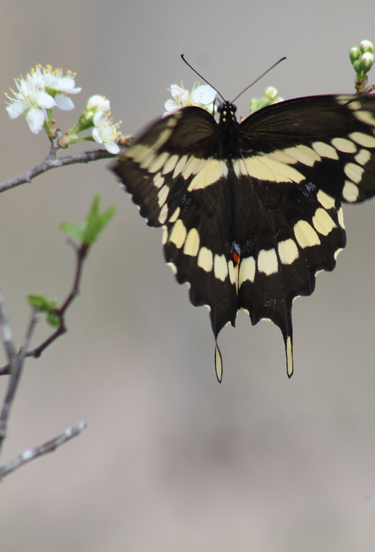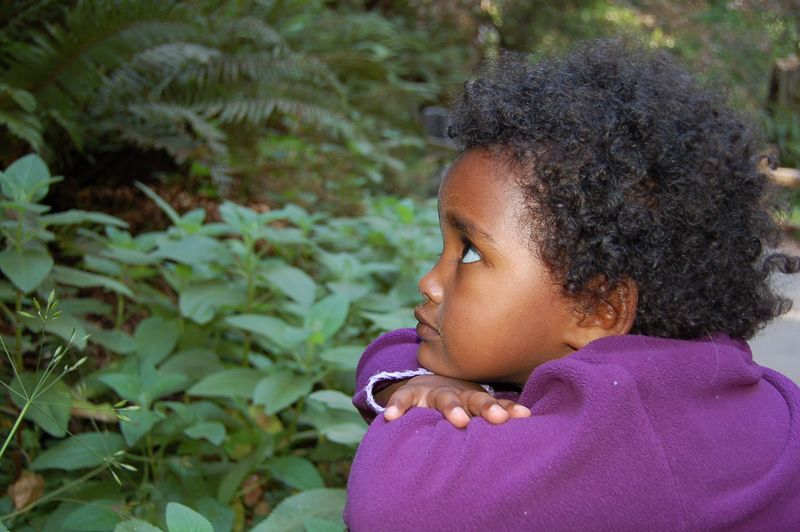What is “Nature”?
Investigate Micro-Worlds Near You
Do you remember playing with pill bugs (roly polies) as they marched across the dirt in your backyard? Or building tiny huts out of sticks and grass to make fairy huts or forts? Those tiny worlds held your attention for hours and all the ingredients you needed came from the natural world that surrounded you and your own endless imagination.
Nature presents unstructured challenges and opportunities for children to use their own ideas and curiosity to explore, problem-solve and learn from. Activities like a simple outdoor game of hide-and-seek, figuring out how to climb a tree, or chasing a firefly for close inspection allow children to make observations, look for patterns, listen for clues, try different things, and develop their problem-solving skills.
A growing body of research continues to suggest that children who spend more time in nature are more likely to be healthier, happier and perform better in school.
So what exactly is nature?
Today adult Texans view nature as wild, uncultivated and set apart from human influences, requiring significant commitments of time and resources to experience (similar results found nationally). These perceptions envision nature to be further away from everyday life, and are similar to recommended doses of nature at the top tiers of an outdoor activity pyramid—that is, nature activities are accomplished annually or monthly, rather than weekly or daily. At the same time, adults report a lack of time and financial resources as top barriers to connecting with nature.
However, nature can mean many different things to different people. Does it surprise you to learn that our children and their parents hold different perceptions of what nature means to them?
Texas children report thinking of nature as their yards, nearby woods or waters, neighborhood parks and open spaces, gardens, and the plants and animals (cats, dogs) where they live. And the types of activities they think of include things like swimming, biking, visiting zoos or aquariums, and exploring outdoors or nature centers.
For our kids, nature is not just vast forests and mountains, time-intensive or expensive activities. To them nature is just outside the door, in their community or at school. It is something they can experience throughout their daily lives.
Help your children build the foundations of their outdoor activity pyramid with daily doses of nature. Let them play hide-and-seek outdoors and investigate micro-worlds near you—a puddle on the sidewalk, a tree with a low-hanging branch, and the soils and plants of a green space near you (a yard counts!). Find nearby places to play, explore and connect with nature at NatureRocksTexas.org.








